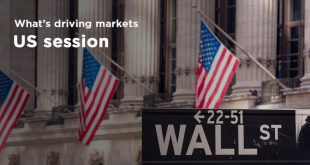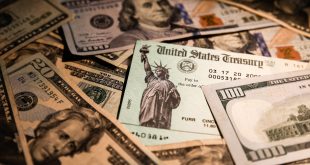When the Fed raises interest rates and the yield curve inverts, someone will inevitably push the “big red button.” But this is also where the media is wrong about the 1995 “soft landing” scenario. The economy didn’t “soften” in 1995; crisis events did. But more importantly, when the yield curve inverted in 1998, a recession followed about a year and a half later.
Discussions about soft landing are signaling increasing risk of a crisis in the US economy. The Federal Reserve’s ‘higher for longer’ policy is compromised by lagging economic data, which is a question worth asking as observers look back at the Fed’s history of previous monetary actions.
The ‘stability/instability’ dilemma assumes all players are rational and implies avoidance of destruction. The Fed is highly dependent on this assumption, as they are attempting to navigate the risks built up in the current monetary system.
A recession or crisis event typically takes 10-24 months for a yield curve to invert, as the “lag effect” of higher borrowing costs takes time to impact the economy. The Fed hopes that individuals will act smartly as they tighten policy, but investors don’t. What the markets seem to be missing is that we’re not talking about the Fed’s monetary policy decisions alone.
We’re living in the most leveraged economy in US history. The economy’s total measurable leverage stands at $97 Trillion as of Q2 2023, and the economy is currently valued at $16.2 Trillion. The debt-to-GDP ratio has almost doubled since 2008 (from $3.38 to $1), when the economy was valued at $16 Trillion. During that time, the economic leverage increased from $4.36 to $4.9 Trillion.
Given the leverage of the financial system, a collision of leveraged activity with tightened financial conditions will result in weaker growth. In fact, such tightening financial conditions have historically preceded recessionary onset and crisis events at much lower levels of total leverage. The downside risk of a policy error is immense, as interest rates act as a ‘brake’ on economic activity, as rates weigh on a highly leveraged economy.
In a highly leveraged environment, investors should be mindful of the risk of a sudden shift from an absolute valuation market mindset to a relative valuation mindset. When that happens, investors will no longer be focused on the return on capital, but on the return of capital.

 Noor Trends News, Technical Analysis, Educational Tools and Recommendations
Noor Trends News, Technical Analysis, Educational Tools and Recommendations




